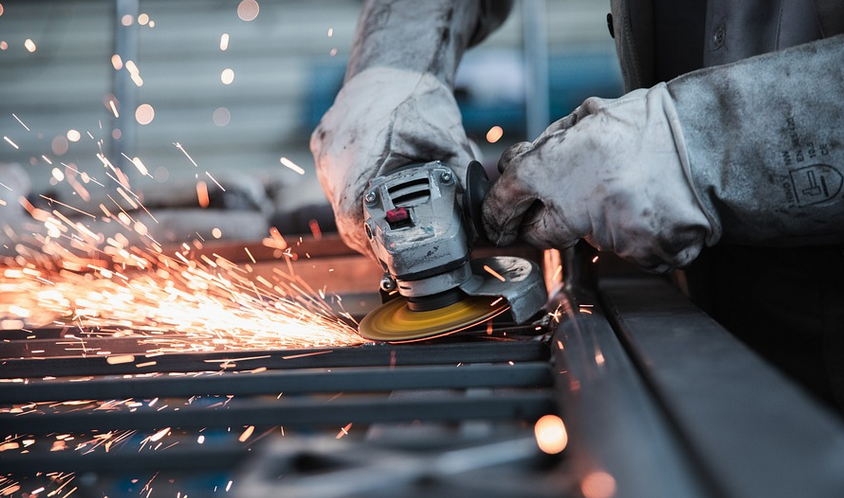
Gum Graft Healing Time: A Comprehensive Guide
Understanding Gum Grafts
A gum graft, also known as a soft tissue graft (STG), is a surgical procedure designed to restore the lost volume or shape of your gums. When you lose gum tissue due to factors like receding gums, periodontitis, or injury, a gum graft can be an essential tool for achieving a healthy smile. These grafts often involve taking a piece of healthier gum tissue from another area of your mouth—like the donor site—and transferring it to the affected region.
You might wonder how long it takes for this procedure to heal fully, and what to expect during that time. Here’s a breakdown of what you can anticipate:
A Breakdown of Gum Graft Healing
Gum graft healing is a gradual process that takes several weeks to complete. This timeframe may vary slightly based on the specific circumstances of your case and individual healing abilities.
Immediate Post-Procedure
After your gum graft, you’ll likely experience some discomfort and swelling for a few days. This is completely normal and something that can be managed with over-the-counter pain relievers such as ibuprofen or acetaminophen. It’s important to follow your dentist’s specific post-operative instructions; these will include things like avoiding certain foods, activities, and medications that might interfere with the healing process.
You’ll also need to keep your mouth clean by gently rinsing it with warm salt water, as directed, multiple times a day. Your dentist or oral surgeon may also prescribe antibiotics in order to prevent infection. These are just some of the initial steps that you must take to promote proper healing.
It is not unusual for the graft area to bleed for a few days after surgery. This bleeding should slow down as the days pass, and it’s usually nothing to be concerned about if accompanied by minimal pain.
Early Healing Stage
Within the first week following your gum graft, you can expect some improvement in both your swelling and discomfort levels. The initial healing phase is characterized by tissue regeneration and the formation of new blood vessels. As this process continues, it also helps to accelerate gum tissue growth.
During this early stage, you might notice that your gums start to feel firmer and more comfortable compared to how they felt right after surgery. However, keep in mind that a bit of bleeding and discomfort can still occur.
Middle Healing Stage
As weeks progress into the middle healing stage, you’ll likely see significant progress in both your swelling and discomfort levels, but this is often accompanied by a lack of noticeable changes to your gum tissue’s appearance. It’s common for some patients to experience slight irritation as their body works on rebuilding its natural tissues.
The middle healing stage doesn’t mean you should completely give up hope for visible improvements. You may notice that the gum graft area starts to look more defined or even appear healed, but this is often a gradual process that takes time and patience.
Late Healing Stage
By the latter stages of your healing journey, you’re starting to see some noticeable progress in both your gums’ appearance and overall function. The graft area will start to look more natural as the gums fully integrate with the surrounding tissue.
You might need a few months for your gums to heal completely. This is because the gum tissues have been transplanted, and the body needs time to adapt and integrate them into their existing structure.
Potential Complications
“Gum graft” often brings up concerns about potential complications, and while they’re relatively rare, it’s important to be aware of them.
These complications can include: Delayed healing, infection, or even gum recession (in the worst case scenarios). If you notice any of these signs after your procedure, it’s crucial to report them to your dentist. This will allow for prompt intervention and help prevent further complications.
Maintaining Healthy Gums
After your gum graft has fully healed, you need to focus on maintaining healthy gums for the long term. Here are some essential steps you can take:
Make sure you’re brushing and flossing regularly (twice daily) with a soft-bristled toothbrush and gentle toothpaste. This will help prevent plaque buildup, which is one of the most important factors in gum disease.
Maintaining regular dental checkups is also crucial for monitoring your progress and catching any potential issues early on. Your dentist can ensure everything is progressing as expected and provide guidance on how to maintain healthy gums long-term.
Final Thoughts
Understanding the time it takes for a gum graft to heal is essential, but don’t let the process scare you. With proper care and attention, your gums will fully recover, giving you a beautiful and confident smile for years to come. Remember to stay positive, follow your dentist’s instructions diligently, and enjoy a healthy, happy smile!